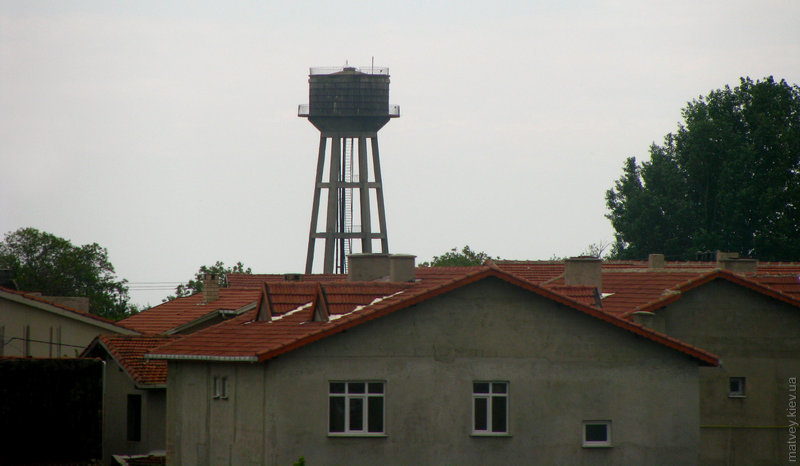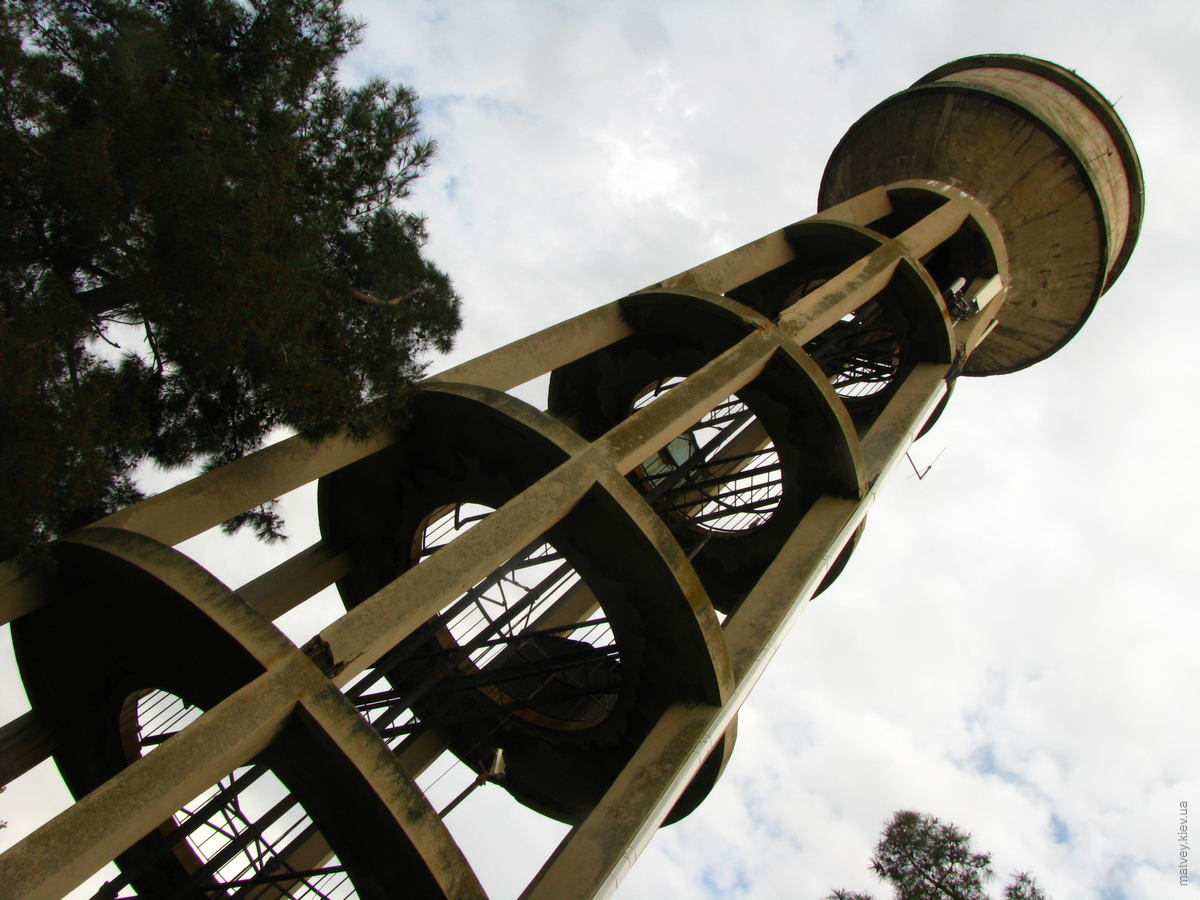Hilly terrain makes the buildings seem bigger. During the day:

When I was young, I thought that Turkey was not cool. It turned out to be very cool, more cool than Ukraine, actually. I'd lived here.
I was lucky to have visited several towns and cities, the list of which is below. Even more below are my observations not tied to some distinct city, but are about the whole country. For short — Turkey is vast, beautiful and interesting country with more than enough mountains rising right from the sea level, and a gazillion of ruins of ancient Greek settlements.
Didim
Bodrum
Denizli
Hilly terrain makes the buildings seem bigger. During the day:

And at night:
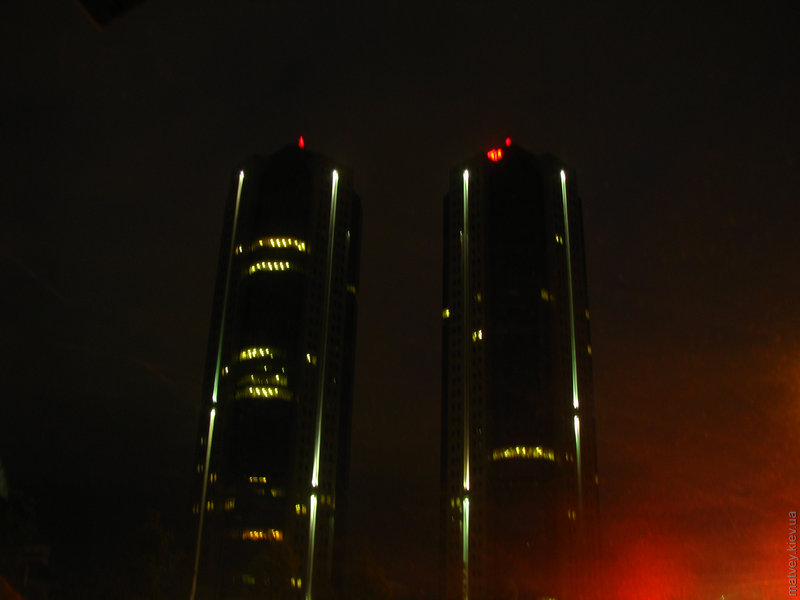
Power line pillars also seemed enormous.
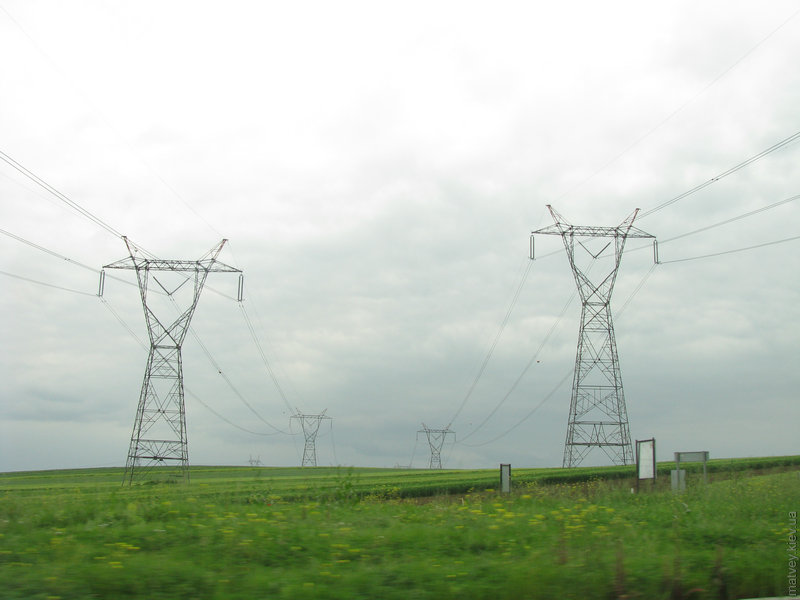
Taxis are of a thick yellow-orange color. Here they are pictured near the arrivals exit of the Atatürk airport.
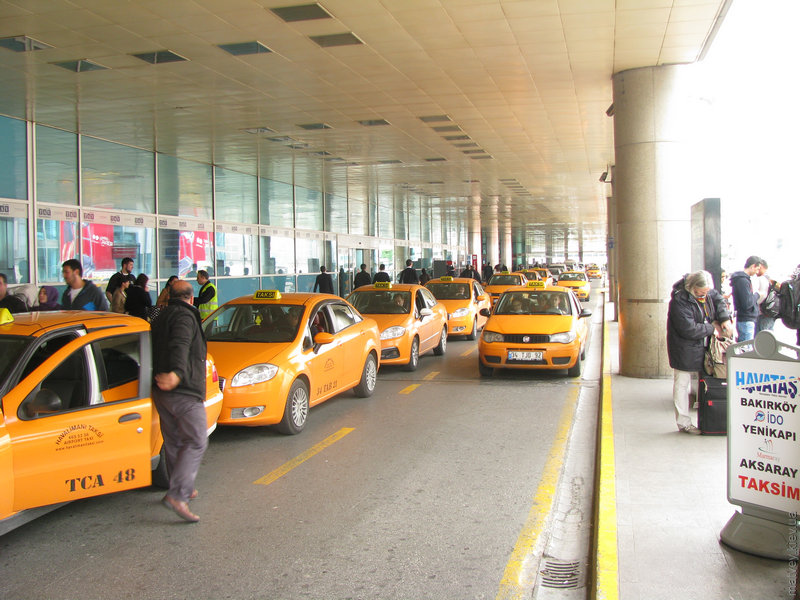
National flags were super abundant, their sizes ranging from minuscule to gigantic. Here is one around 30 metres long.
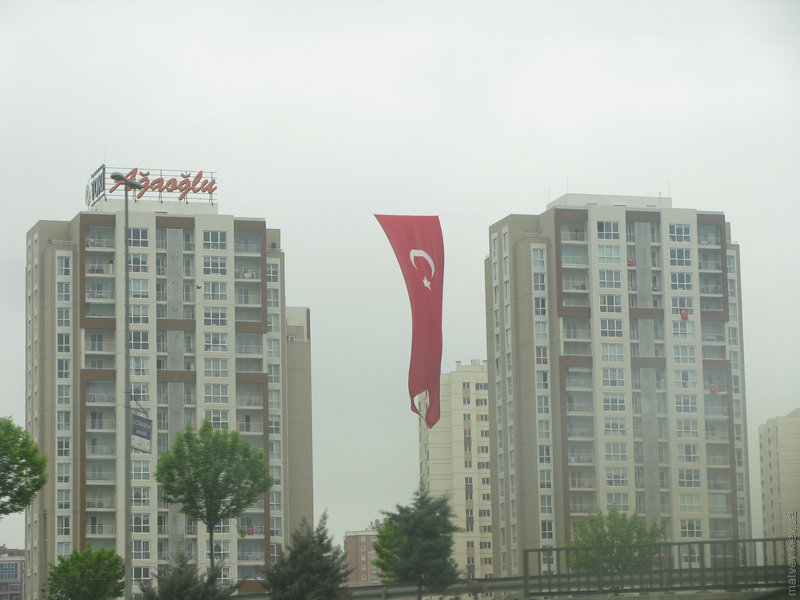
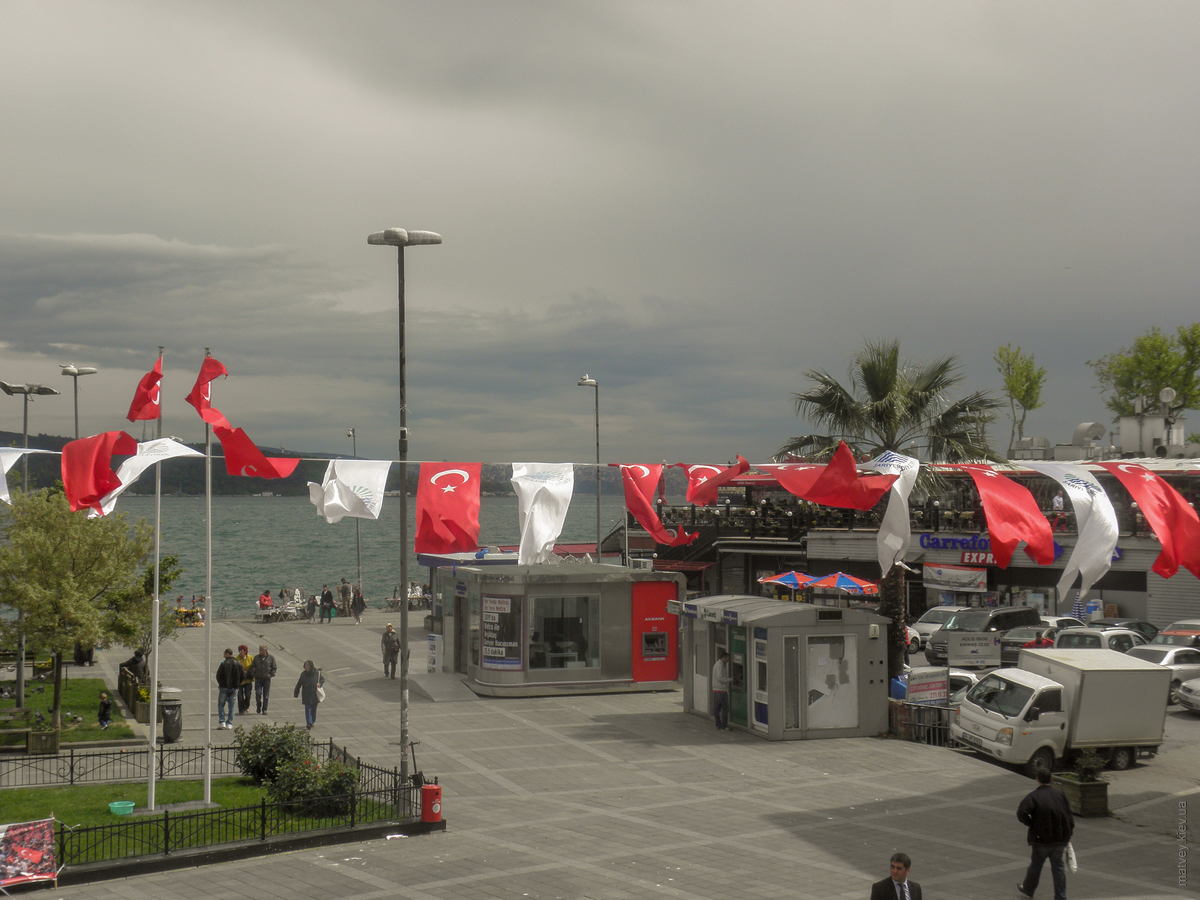
The roads were paved well, even in small towns. Lüleburgaz is pictured here as an example:

There were very standalone buildings. This one was somewhere near the road to Babaeski.
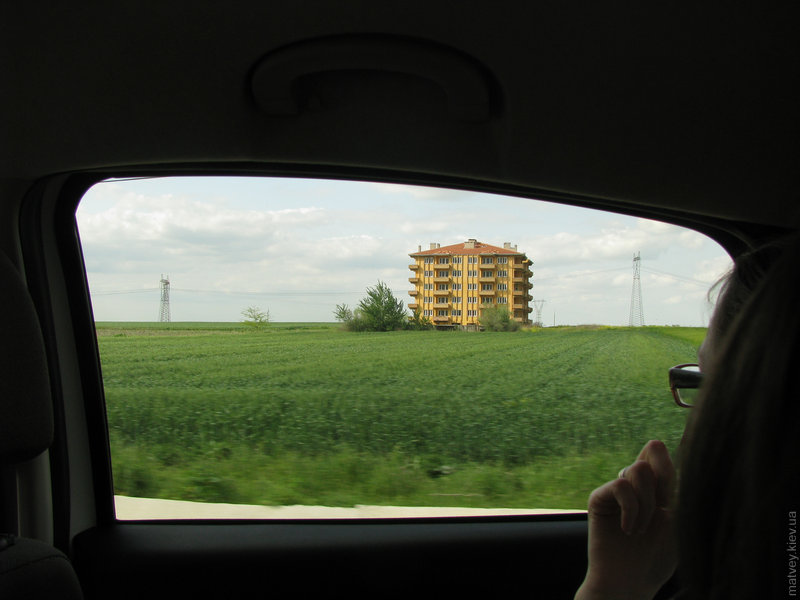
Road works between Lüleburgaz and Babaeski.
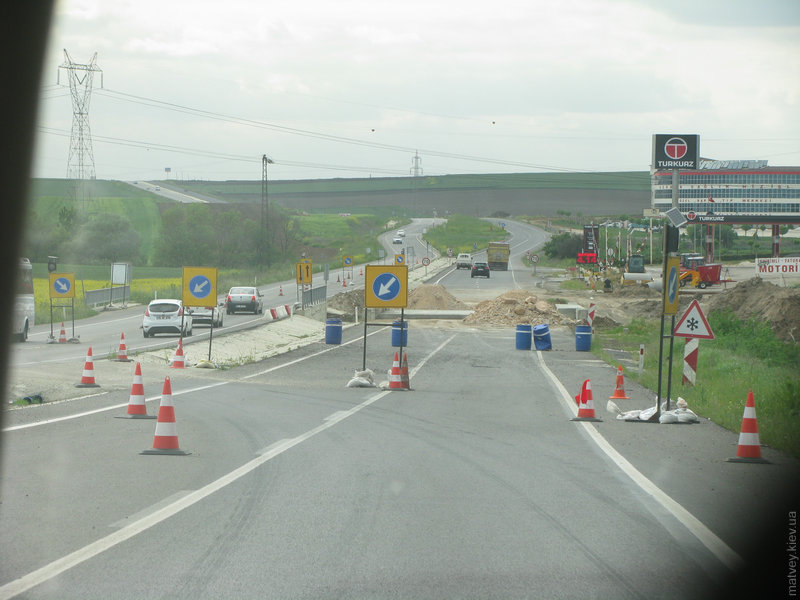
School buses were having diagonal stripes of yellow and black in a rhombus pattern, with white text «okul taşıtı» («school transport»). Such vehicles could be met anywhere, like here — on an international highway.
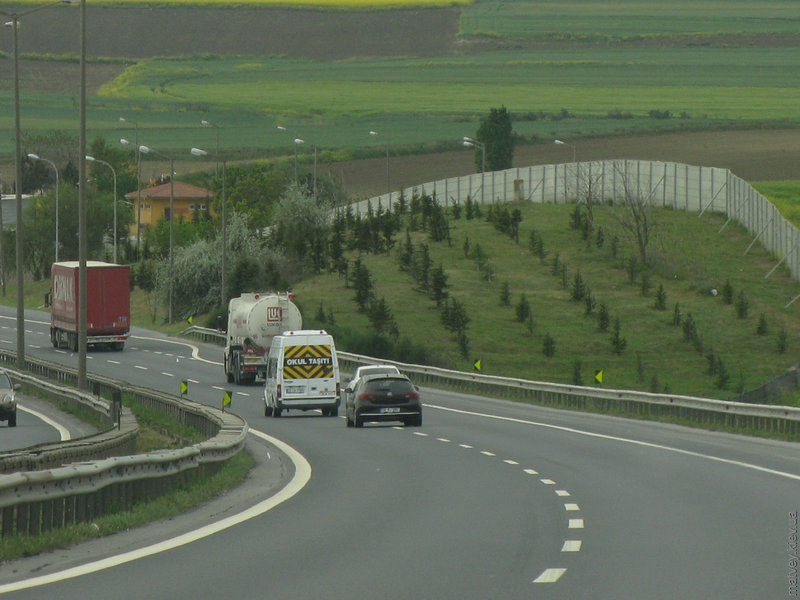
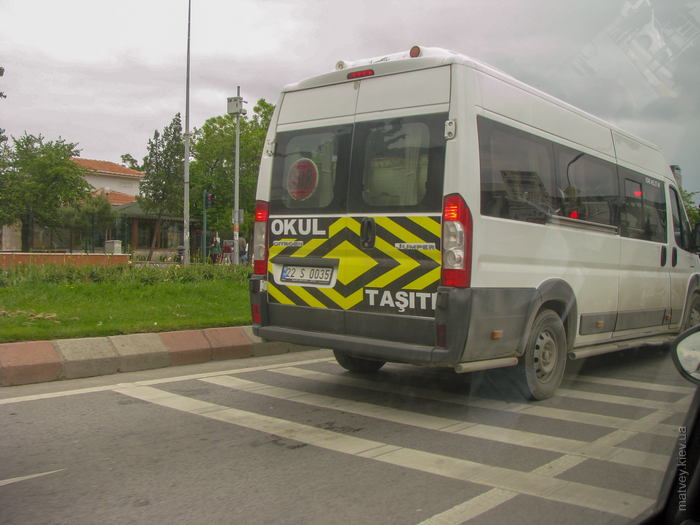
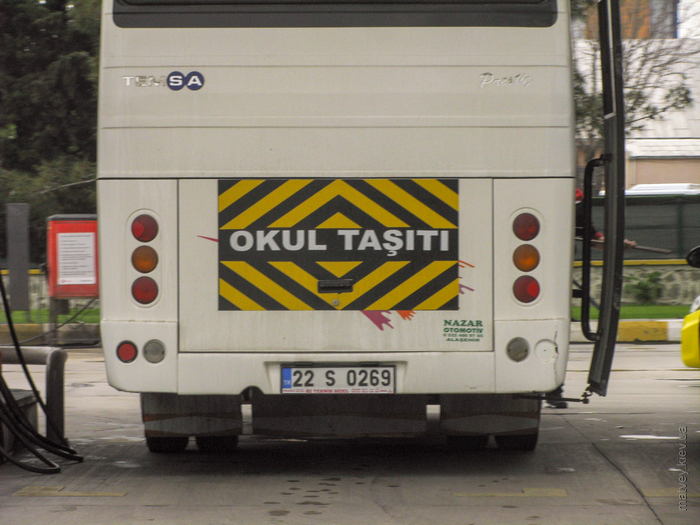
It was unexpected for me that Turkish language has a lot of words loaned from French, English and perhaps other languages, loaned using transcription. Examples of this are car — oto, train station — gar, train — tren, station — ıstasyon, tunnel — tünel, truck — kamyon, to charge — şarj. I was told that the Turks were teying to replace these words with analogs. There's more to this. Even the street name of the main tourist promenade of Istanbul — «istiklal» («independence») — is an earlier loanword from Arabic.

Small buses which could be called marshrutkas in Ukraine, were called «dolmush» (dolmuş). The old ones were simple, visually unbalanced.
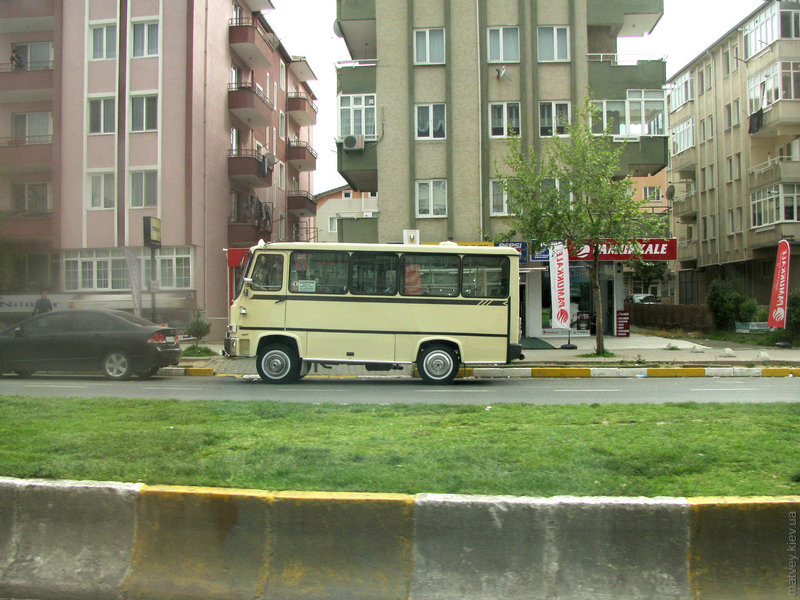
The newer dolmushes were nice, but not widespread.
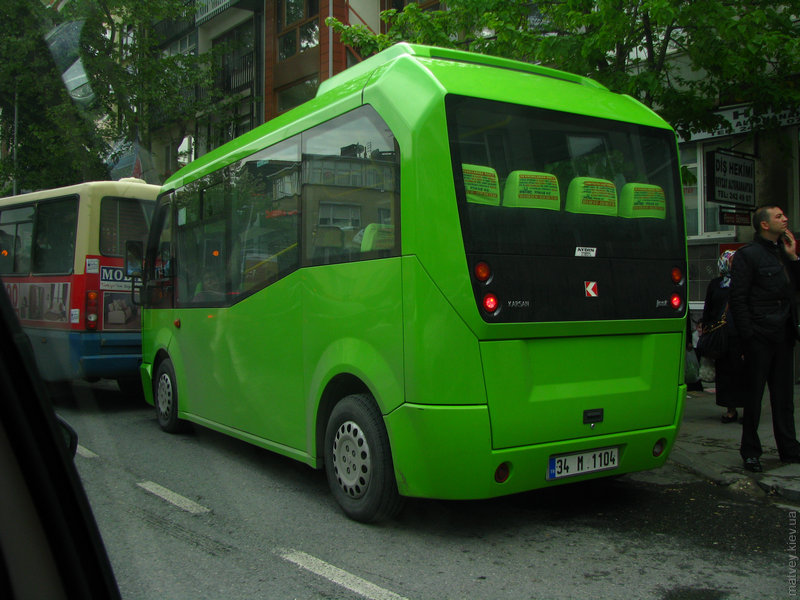
The Turks drink almost no alcohol — for several reasons, one of them being religion. They drink tea and play backgammon in their cafes. Go check yourself if you do not believe it. I played my first backgammon there and won. And they live well — better than we do here. So just quit using booze.
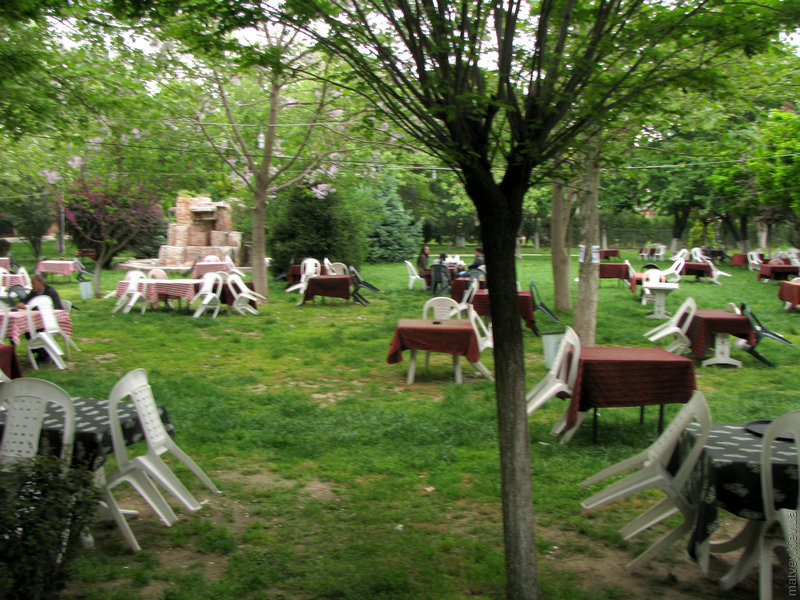
But yes. It is «almost», not «completely». They have a strange brand Efes, which behaves itself in a hush way. Wikipedia says that Efes is a rather big alcohol maker, working for... export!
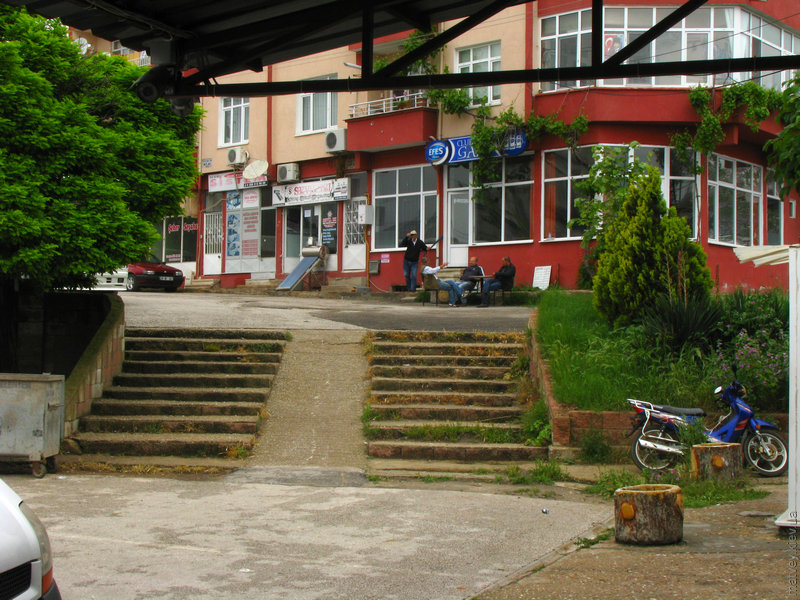
And it is also worth noting that, while it is marvelous that they do not drink, they smoke tobacco as if they were all David Lynch clones. I'm scared to learn how much did I passively smoke while winning at that backgammon.
P.S.: The above is not a complete picture. I have witnessed cases later, when turkish people asked the tourists to bring some alcohol (within allowed limits) from other countries, and gladly consumed.
The famous turkish glasses for tea. «Bardak» being the singular form, it was reduced to «badaa» when pronounced. These bardaks could be seen everywhere: on crevices of buildings, on cars, on window sills. It is a pleasure to drink from these. But one bardak of tea costed a whole lira on the streets at the time, which is not cool because the one bardak dose of tea is not serious. Better to drink it cheaper: at home. The tea that they drank was simple Indian tea that we the Slavs are usually calling «black». Lots of tea, lots of sugar. My type of brewing!
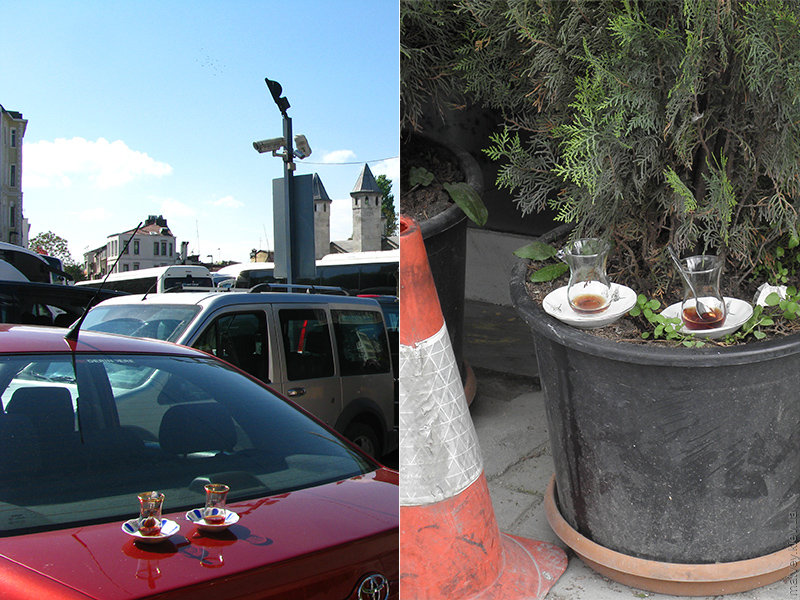
There were many parrots of Psiiacula eupatria and Psittacula krameri (pictured). These birds are not native to Turkey, but made their way here naturally, and it was good enough for them to stay.
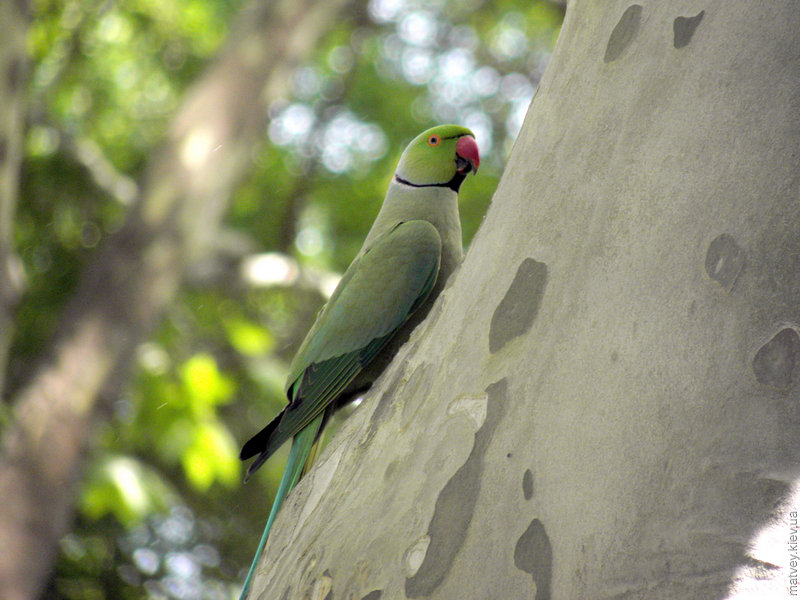
Beware of the dog signs «Dikkat! Köpek var!» in Turkish, which literally translates as «Attention! A dog is present!».
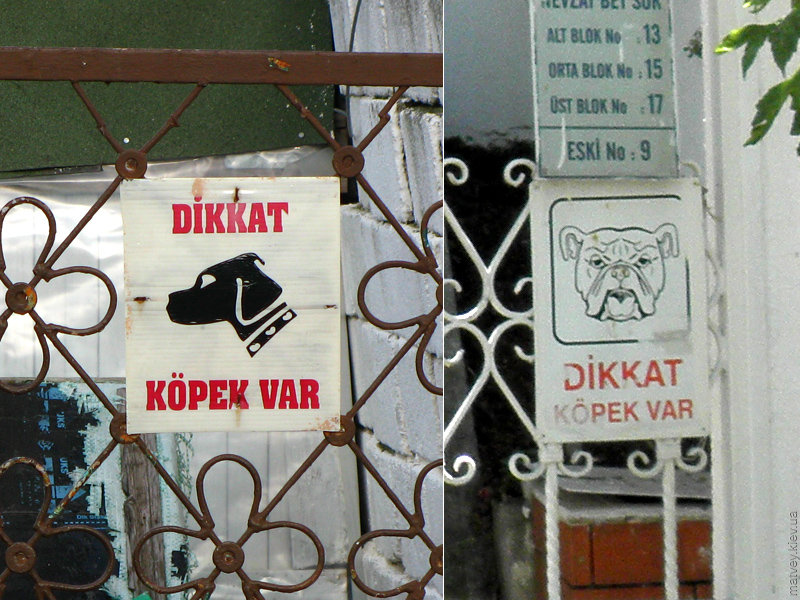
A lot of nazar amulets (see the wiki article) were sprayed everywhere. A belief exists that these protect from the bad stuff. Life shows that this is bullshit, but those who tend to believe, will believe. Nazars are mildly interesting topic to read about on Wikipedia. The Turks call these amulets «bonchook». They can even be seen inside modern logotypes.
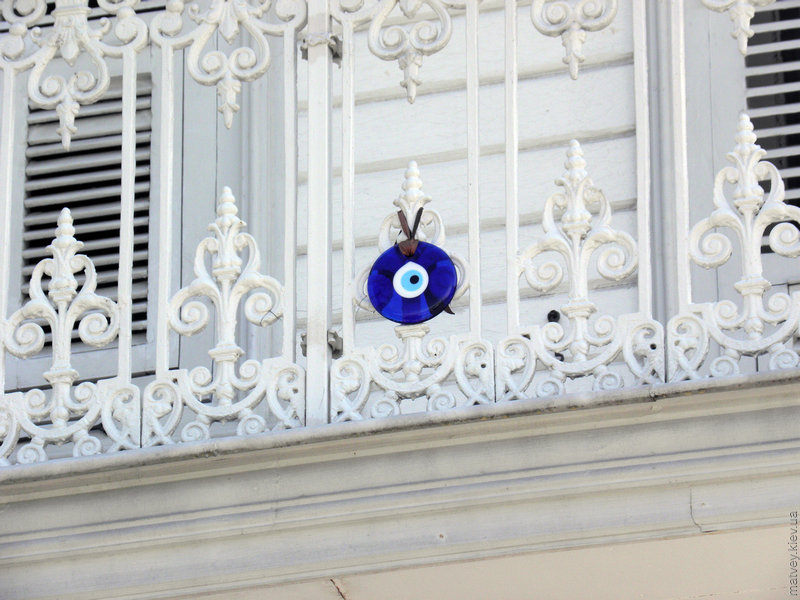
There were several such furnace-like street memorials in some towns of Thracia (east of Istanbul). They usually have some text carved on, something about martyrs and heroes. Usually green, they were large and small, and had niches for the fire to burn inside — black from smoke. The big one was about 170 centimeters high, while the smallest was lower than my knees. I don't have a clear answer what these thing are called.
As I said, they were usually green, but I saw one that was white.
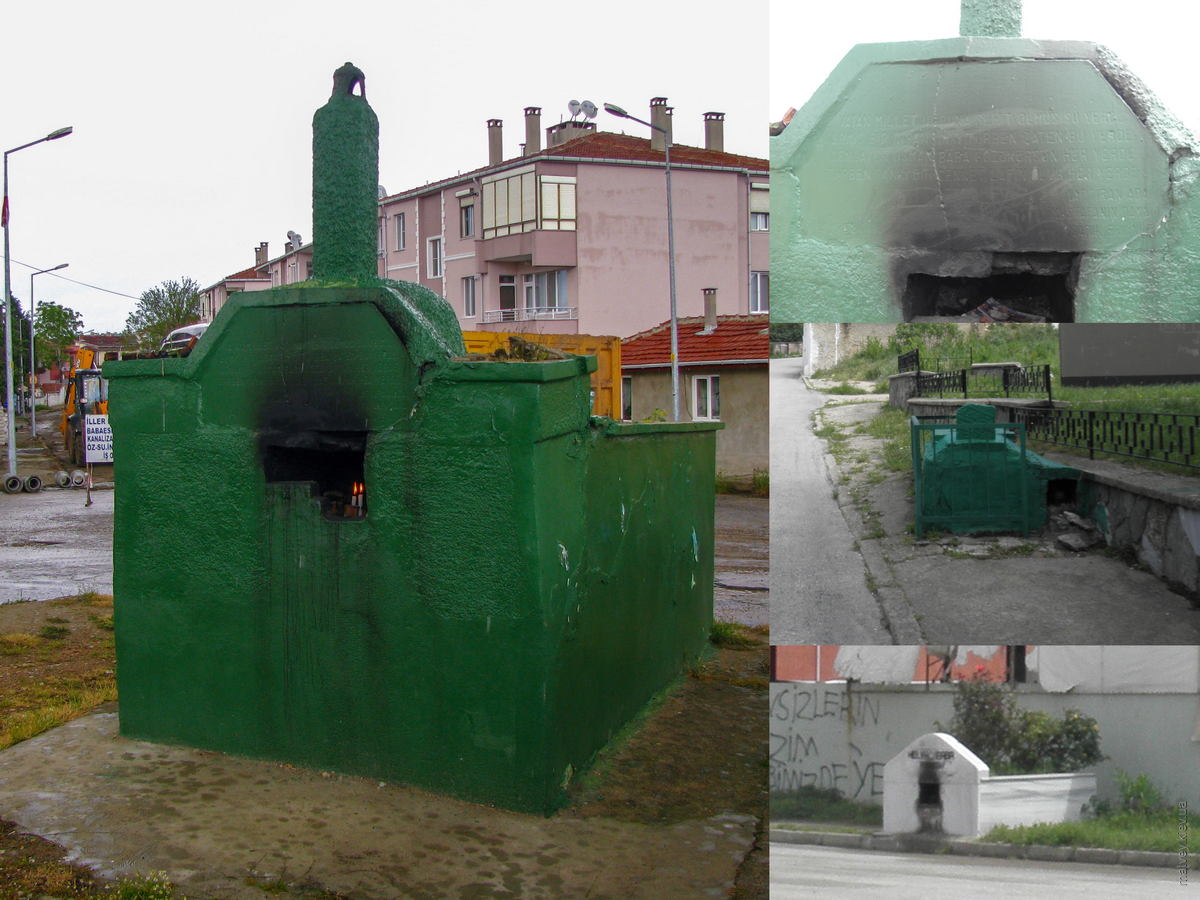
I have copied the text from one of these furnaces. It is available in my story about Babaeski.
Turkish water towers:
